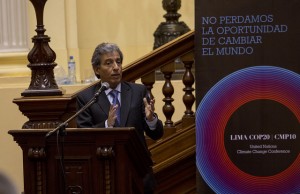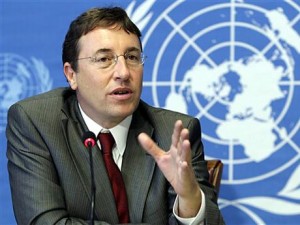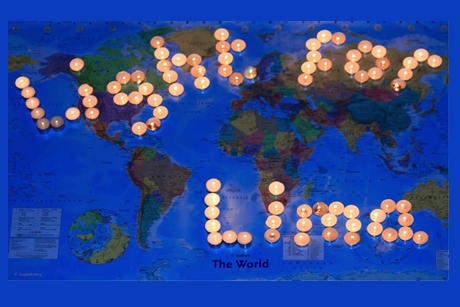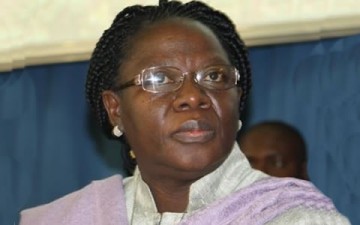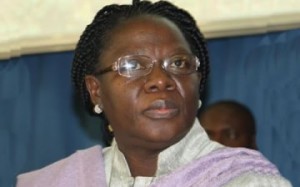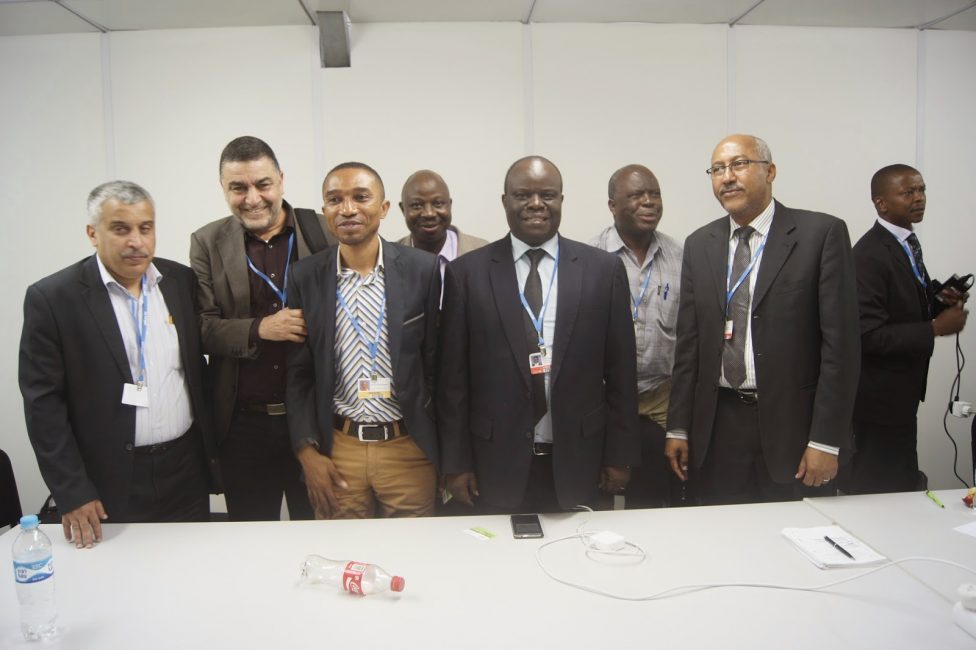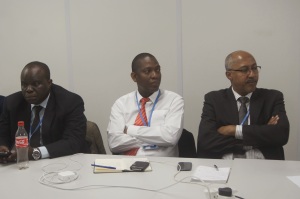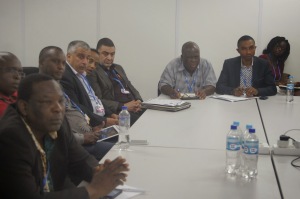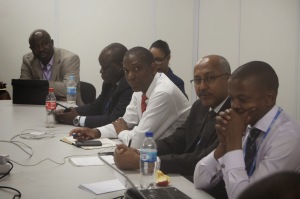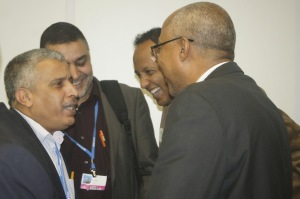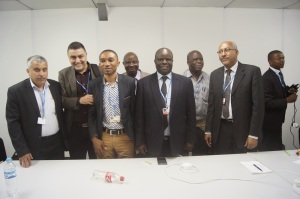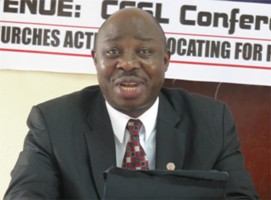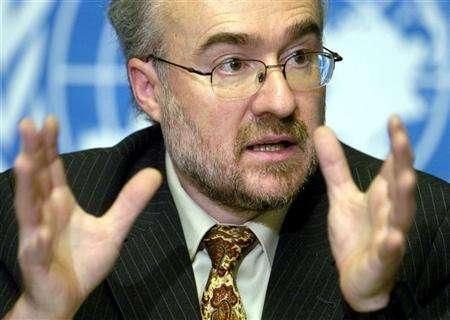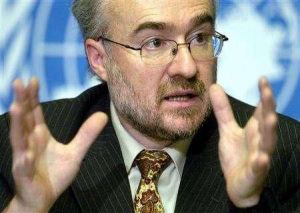Latin American and Caribbean countries and regional programmes, working with regional and global organisations, on Sunday, December 7, 2014 in Lima, Peru launched “Initiative 20×20,” a country-led effort to bring 20 million hectares of degraded land into restoration by 2020. This is an area larger than Uruguay.
As part of the initiative, five impact investors also announced plans to invest up to $365 million of new financing to support land restoration efforts in the region. Initiative 20×20 is supported by the World Resources Institute (WRI), International Center for Tropical Agriculture (CIAT), Centro Agronómico Tropical de Investigación y Enseñanza (CATIE), and the International Union for the Conservation of Nature (ICUN).

Through Initiative 20×20, countries and programmes in the region will work with leading research organisations and the private sector to restore degraded lands, resulting in carbon storage, reforestation, more productive agriculture, avoided deforestation and improved livelihoods. The 20 million hectares committed through Initiative 20×20 will not be fully restored by 2020 because it takes many years for forests and ecosystems to redevelop, but will start their restoration process by 2020.
Ambitions announced through Initiative 20×20 will also contribute to the Bonn Challenge, a global goal to bring 150 million hectares of land into restoration by 2020.
The Initiative 20×20 partnership announced the following ambitions adding up to just over 20 million hectares:
- México: 8.5 million hectares
- Perú: 3.2 million hectares
- Guatemala: 1.2 million hectares
- Colombia: 1 million hectares
- Ecuador: 0.5 million hectares
- Chile: 0.1 million hectares
- Costa Rica: 50,000 hectares
- Regional Program of Conservacion Patagonica: 4.1 million hectares
- Regional Program Bosques Modelo: 1.6 million hectares
“Land restoration in the region is an essential element to promote equity, poverty reduction, alternatives for development in poor rural areas as well as a mechanism to achieve a low carbon, more resilient future,” said Minister of Environment Gabriel Vallejo, Colombia.

The restoration activities of Initiative 20×20 will be partly supported through $365 million of commitments from impact investors and bilateral and multilateral funders. Other financial instruments, including a partial risk guarantee for restoration, are under design. So far, private sector investors have indicated the intention to invest:
- Althelia: $120 million in support of agroforestry and silvopastoral activities.
- Moringa: $80 million in support of agroforestry and silvopastoral activities.
- Permian Global: $100 million in support of reforestation and avoided deforestation in tropical rainforest biomes.
- Terra Bella: up to $60 million in non-timber forest projects and high-value low carbon and climate resilient sustainably produced agricultural projects.
- Rare: about $5 million in the protection and recovery of cloud forest and riparian biomes.
“Althelia is deploying capital in support of a portfolio of projects in the region to improve agricultural practices, restore degraded lands, and reduce pressure on natural ecosystems, with concrete results in emissions reductions, zero-net deforestation commodities, biodiversity, and livelihoods,” said Christian del Valle, CEO, Althelia Climate.

About half of the greenhouse gas (GHG) emissions in Latin America and the Caribbean are generated from land use, land use change, and forestry. Of the 4.2 gigatons of GHGs emitted by Latin American and Caribbean countries in 2012, 2.0 Gt were from land use and loss of forests. Reducing emissions from land use change is key for the prospects of a low carbon development future.
“As the world prepares to deliver a binding climate agreement in Paris by 2015, restoration will be absolutely essential for countries to hit their emissions targets, while also delivering huge benefits for the rural poor. Through their leadership in Initiative 20×20, these countries will have a tremendous head start,” said Dr. Andrew Steer, President and CEO, WRI.
Analysis by WRI and IUCN has identified over 200 million hectares of restoration opportunities in Latin America and the Caribbean. Further analysis is underway to quantify the economic and climate benefits of reaching the Initiative 20×20 restoration targets.

“CIAT has understood for a long time the pivotal linkage between agriculture and climate change. We are committed to support initiative 20×20 as a cost effective approach to reduce GHG emissions while promoting improved soil quality, nutrient retention and agricultural yields,” indicated Ruben Echevarria, Director General, CIAT.
“Initiative 20×20 can be an important contribution to the global restoration goals outlined under the Bonn Challenge and the New York Declaration on Forests,” added Grethel Aguilar, IUCN coordinator in Central America.
Through Initiative 20×20, countries and investors will work to restore forests, rewild degraded ecosystems, and improve the productivity of “mosaic landscapes” through sustainable agroforestry and silvopasture. This restoration process is expected to provide substantial economic, social, and environmental benefits through improved local livelihoods, ecosystem services such as biodiversity recovery and protection, erosion prevention and water purification, avoided deforestation, as well as carbon storage.
“The mosaic approach in Initiative 20×20 or what we call ‘climate smart territories’ will allow countries to target improvements in rural incomes and food security as well as to protect natural forests and grasslands so critical to our sustainable future,” said Jose Joaquin Campos, Director General, CATIE.


